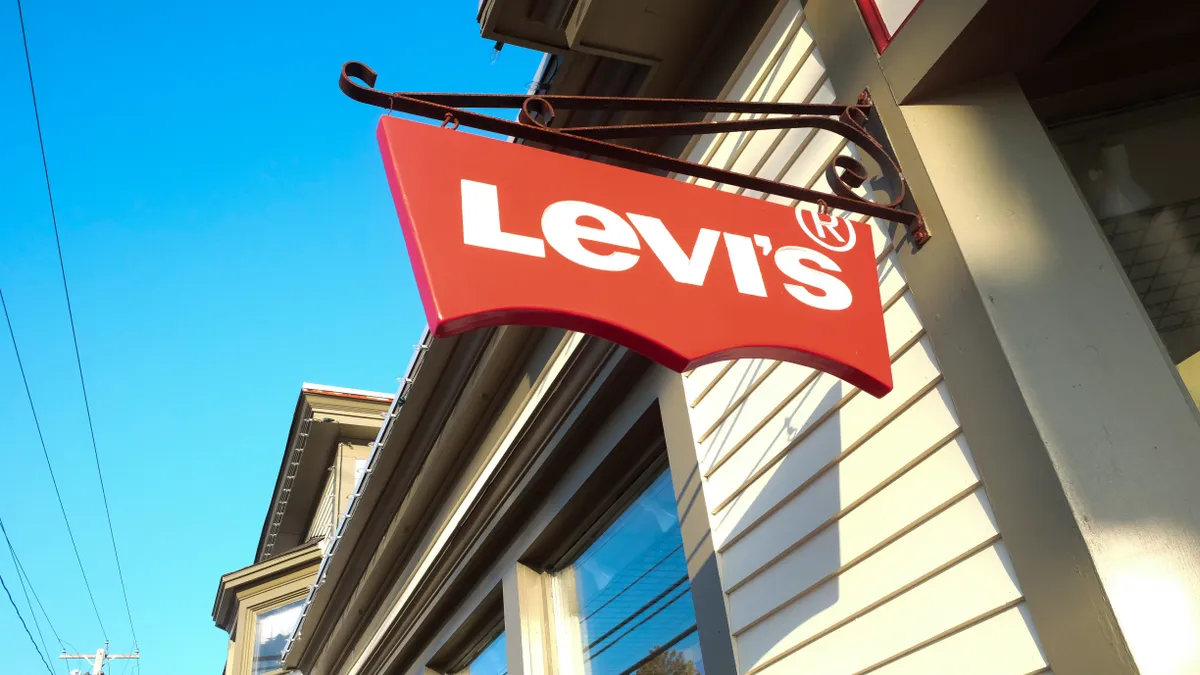In what may be the ultimate iteration of merging online and brick-and-mortar operations, many retailers are scrambling to establish dedicated buy online, pick up in-store (BOPIS) services in their physical stores.
Using the service, customers can quickly come in and grab their online orders from physical stores’ dedicated BOPIS counters, reducing shipping costs and time spent waiting for the package to arrive. Some retailers like CVS and Target (which has since announced it is ending the program) have tried to streamline the process even further, partnering with startups like Curbside to provide curbside pickup services where the customer doesn’t even have to leave their car. But while this reduces effort on the part of the customer, it's worth noting this can have the negative effect of preventing any impulse buys the customer may make when picking up an order in-store.
Given the growing focus on BOPIS from brick-and-mortar retailers, a new study from Kibo and Multichannel Merchant sought to parse out how effective the service is for customers. Based on mystery shopper visits to 30 retailers that offer the service, the study found that 90% of retailers surveyed had online orders ready and waiting for the shopper at the scheduled pick-up time. Associates were able to find the order in under a minute at 43% of the stores, while 50% took one to four minutes. 75% of locations had orders ready for pickup in 24 hours or less.
But not everything was positive about retailers' BOPIS services. Only 17% of retail apps displayed in-store inventory quantities, and some retailers had trouble alerting the customer of the service at all: 58% of apps didn’t promote the in-store pickup service. The communication troubles continued in store, where the study found that only half of the retailers surveyed had signage in their stores directing customers to BOPIS locations. Finally, only 7% of store associates tried to save the sale when the customer requested a return or exchange.
While retailers have been quick to pick up BOPIS, the study shows there are still several unresolved challenges for retailers with the service. Following the study’s release, forum RetailWire asked its BrainTrust panel of retail experts the following questions:
- Where do you see retailers meeting and falling short of customers’ BOPIS expectations?
- To improve customer experiences, where should stores to focus their attention?
Here are nine of the best comments from that discussion (including some thoughts about the acronym BOPIS itself). Comments have been edited by Retail Dive for content and length.
It’s a good start, for now
Mark Price, Managing Partner, LiftPoint Consulting, Inc.: Given how recently the online purchase pick up in-store option has been made available, the results reported in this article are actually fairly positive. The greatest opportunity stems from a lack of mobile integration. Companies are still building their e-commerce strategy based on the desktop rather than on the mobile device. This is evidenced by the lack of focus on in-store pickup in the online app, which may very well represent the greatest revenue opportunity for retailers in the online universe.
All in all, a very good start.
Old service, new name
James Tenser, Principal, VSN Strategies: Let’s face it, what many folks call “BOPIS” is really a variant of the extinct catalog showroom retail model, except with a e-catalog and order form. The old customer experience was pretty uninspiring, as I recall, which may largely explain the demise of Consumer Distributors and Service Merchandise. Modern retailers should be careful not to repeat their mistakes.
Click-and-collect is a superior descriptive term that actually has some meaning to shoppers. I think “will-call” might be an even better choice (as in theater tickets). BOPIS means bupkis to them. Let’s ditch it, please!
People want to join the trunk club
Lee Peterson, EVP Brand, Strategy & Design, WD Partners: We did a study 2 years ago on BOPIS and the way customers wanted it to work was to drive up to the store and have it put in their trunk, by a wide margin. There are few retailers doing that now, mainly Giant Eagle and now Walmart. It’s difficult to say whether it works or not if you don’t do it the way customers want it done (the new modus operandi for retailers). Remember, it’s not about operations anymore, it’s about the customer experience!
It’s all part of the customer experience
Chuck Palmer, Vice President of Strategy, JohnRyan: As retailers work out the kinks, I think we’ll see an integration of Click & Collect and a customer’s overall relationship with the retailer. The more thoughtful the process appears to be, the more likely the customer will work it into their routine.
This is a subset of procurement, not shopping. I need more of my favorite white t-shirts and razor blades (I don’t go through many razor blades, but stay with me here) and while I’m there, I’m going to check out new products I’ve heard about that might be good gifts or fun stuff to have.
C&C can enable utility and grease the wheels for more high-margin transactions.
Get serious about cross-channel fulfillment
Ken Morris, Principal, Boston Retail Partners: Many retailers are not taking cross-channel fulfillment seriously, and that is a huge risk. According to our research, most retailers understand that consumers want flexible fulfillment options and they are trying to support these options as best they can. However, for those retailers that say they offer cross-channel fulfillment options, most indicate that they are not working well.
Over-promising and under-delivering on these complex orders will alienate customers and risk losing their future business. Of the retailers we have surveyed and in discussions with our clients, most are not doing anything to compensate or encourage store associates to adequately fulfill omni-channel orders.
I strongly believe that retailers are going to have to either have dedicated staff to support fulfillment (for high volume stores) or provide associates incentives/bonuses or commissions on the orders. Best practice is to treat these sales as if they came from the store location.
Is it even worth the cost?
Doug Garnett, Founder & CEO, Atomic Direct: Here’s the key question: Does BOPIS offer enough strategic & profit advantage to justify the investment required to meet these expectations?
Given that we’re seeing some serious P&L challenges at those retailers who doubled down on digital, I’d suggest we need to be far more cautious about topics like these.
Retail’s advantage is the store. Clearly BOPIS has an advantage of getting the buyer into your store, will that pay out big or little? We need to know more than just a few anecdotes before putting bit investment into it.
Give the associate some credit
Peter Charness, SVP America, Global CMO TXT Group: What does a retailer call an associate who:
Completes a sale every 5 to 10 minutes;
- Has a higher number of items per-sale than the average associate;
- Cheerfully manages returns;
- Supports customers with a higher-than-average lifetime value;
- And helps out with stock keeping and merchandising in-store?
Unfortunately more often than not these people who are fulfilling web orders in-store are called “non-selling store expenses” and don’t get the hours or recognition they deserve.
Stores are now also distribution centers, pick-up points and shipment hubs. Time for the old financial metrics of store costs to be revised completely.
Must-haves vs. Nice-to-haves
Ross Ely, President and CEO, ProLogic Retail Services: Some of the metrics included in the study are must-haves while others are nice-to-haves. As we are very early in the evolution of BOPIS, retailers should be focusing on the must-haves while adding the nice-to-haves over time.
Must-haves include filling the order accurately and on-time, along with store associates who know how to process the order. Meeting these expectations will satisfy shoppers’ expectations and keep them coming back.
Nice-to-haves include one-hour pickup, live chat and text messaging. The study should have weighted these attributes lower compared to the basic functionality metrics.
Set the employee up for success
Ryan Mathews, Founder, CEO, Black Monk Consulting: First of all, if these numbers are right that means that in 83 percent of the sample customers got their orders located in four minutes or less. That’s not impressive? It can take 15 minutes to find somebody to recognize you in many stores, let alone actually get your order moving.
The place where retailers fall short in BOPIS (and God, why do we did need yet another acronym for something so simple) is where they always fall down — providing adequate employee training AND rewards. Taking a commissioned person off a sales floor to chase an order will work, provided she or he is compensated. If they aren’t, they’ll chase the in-store shopper every time.





















